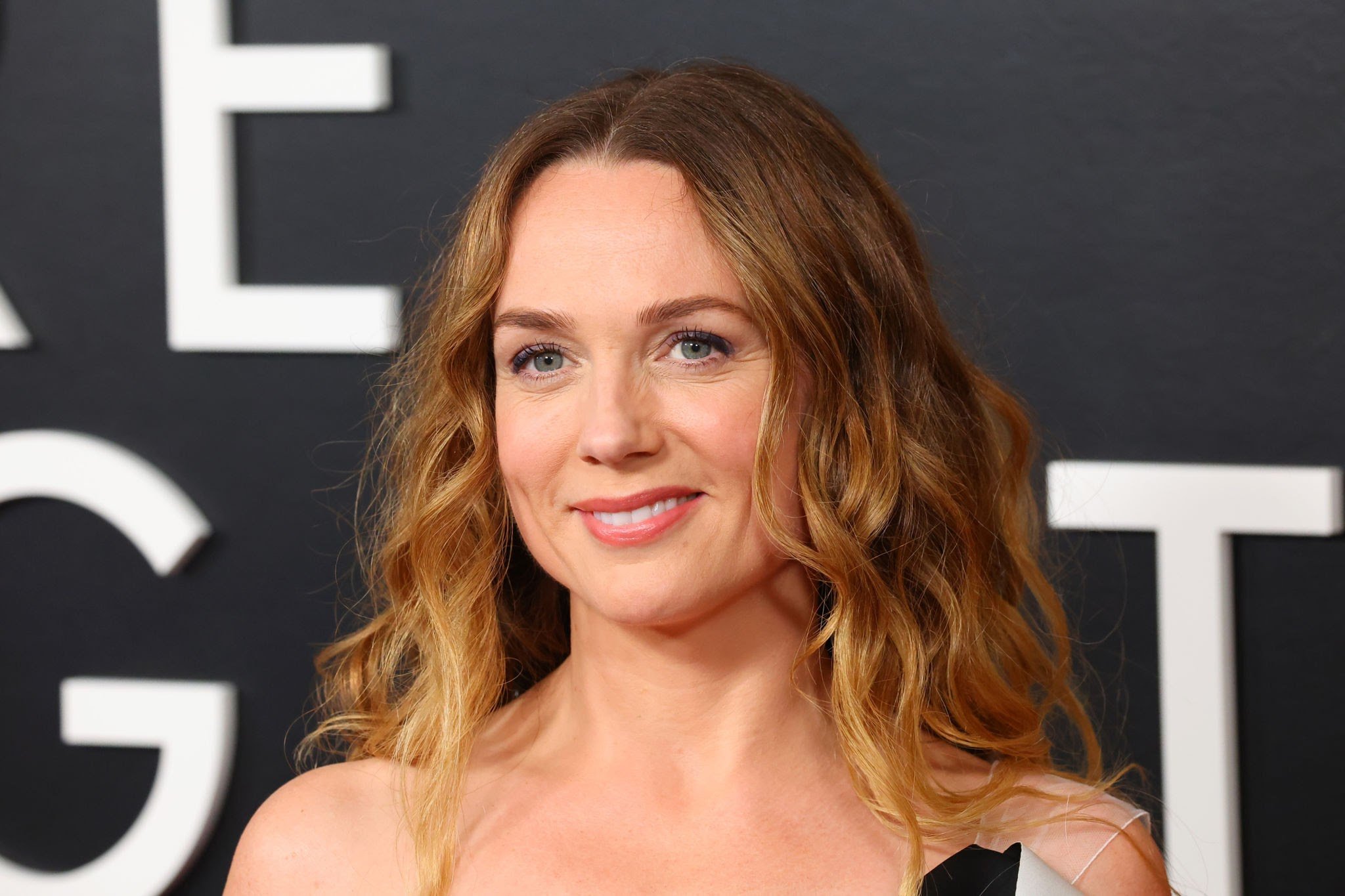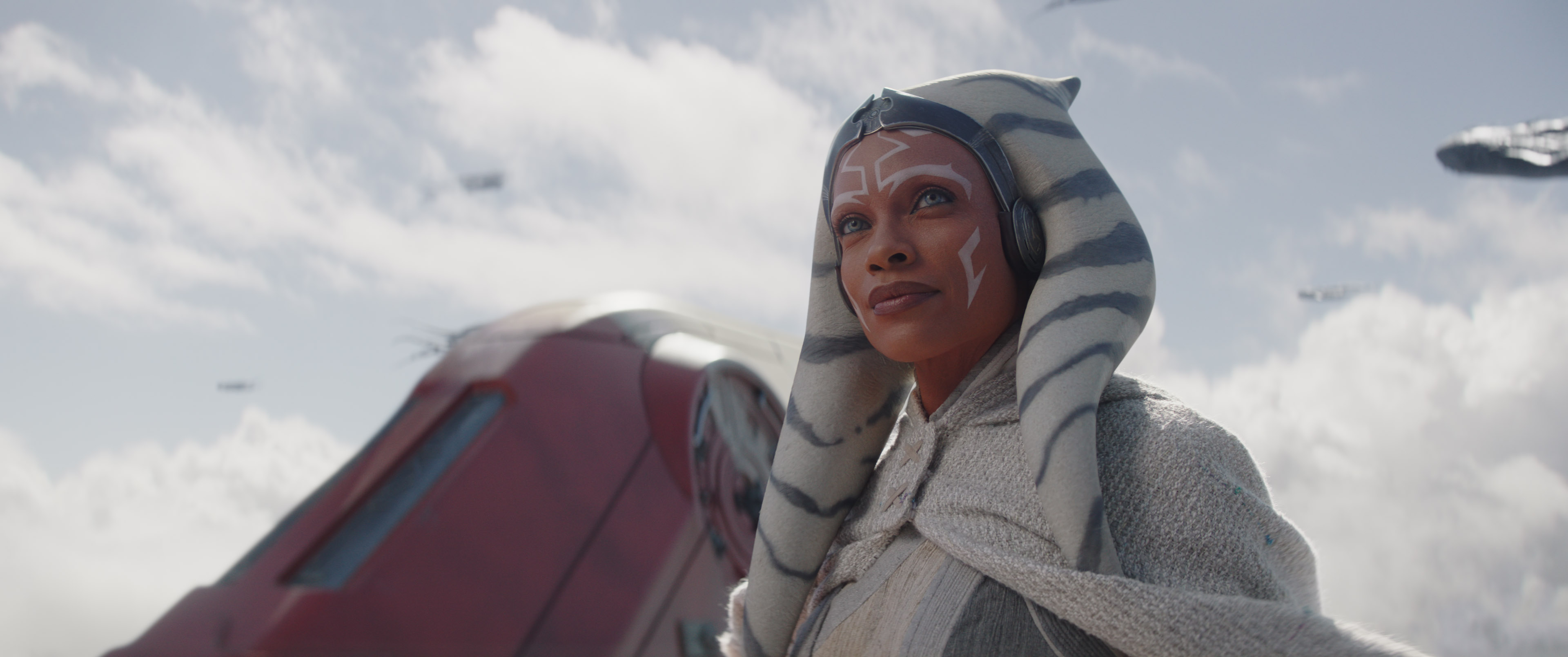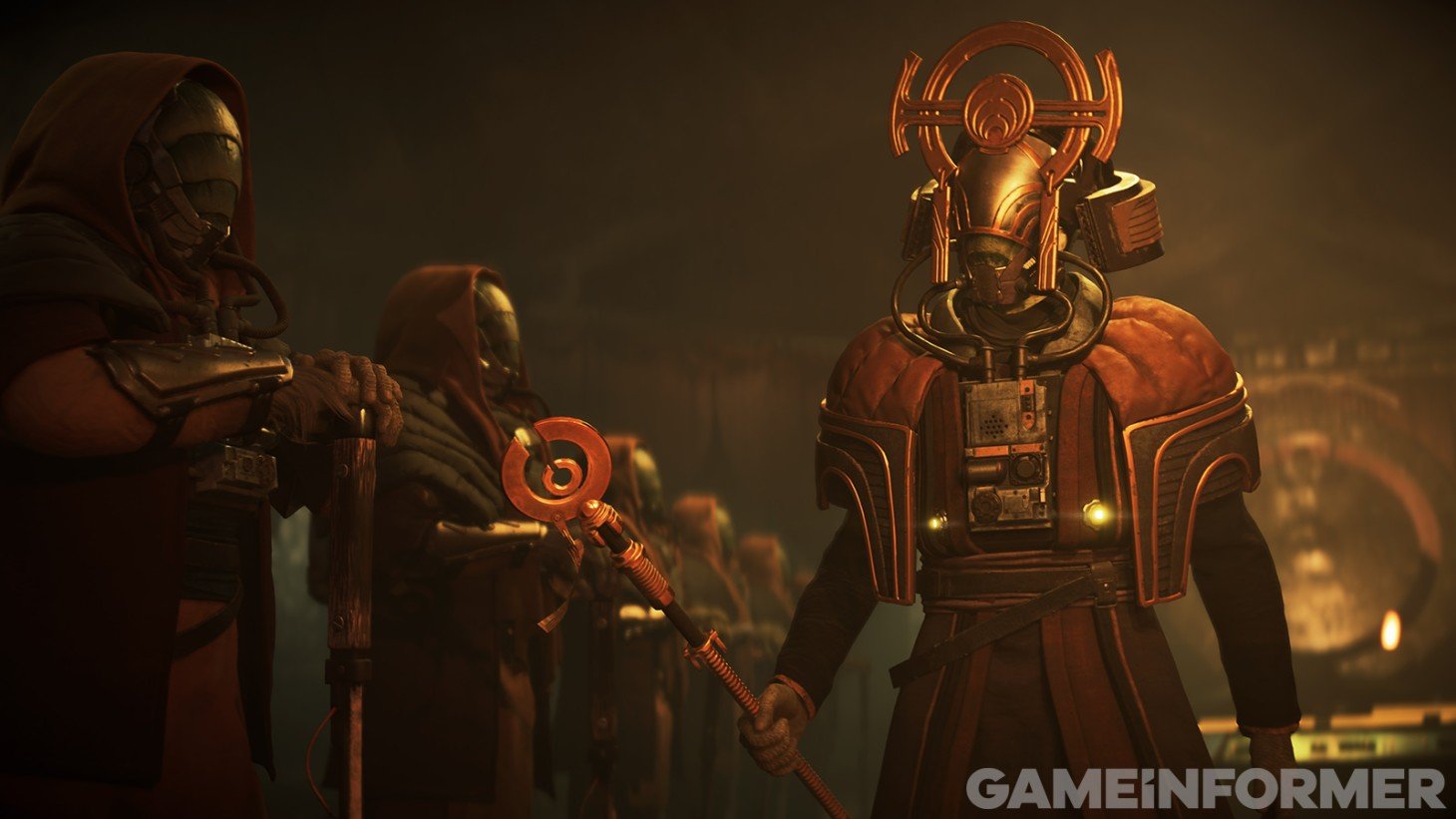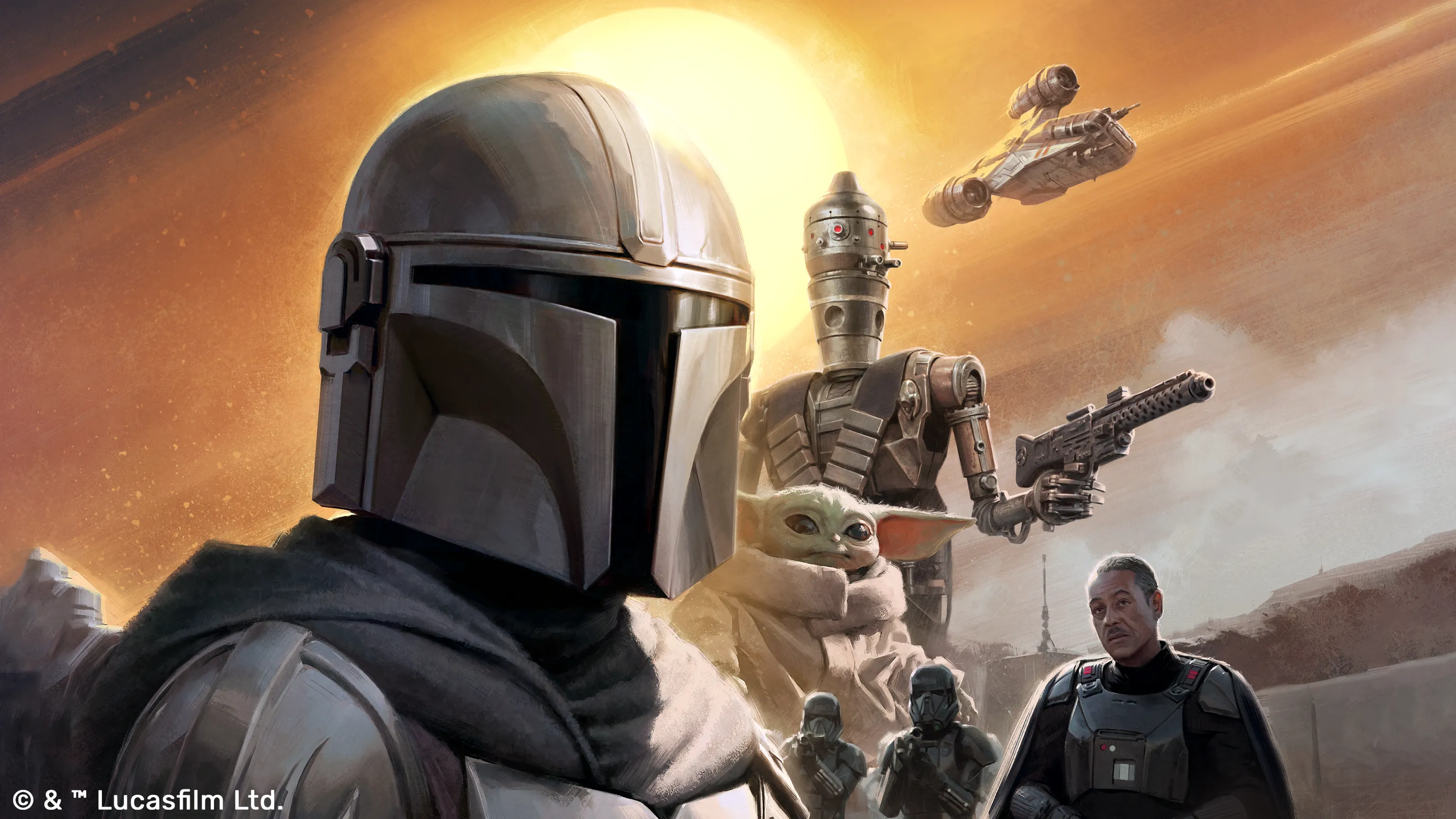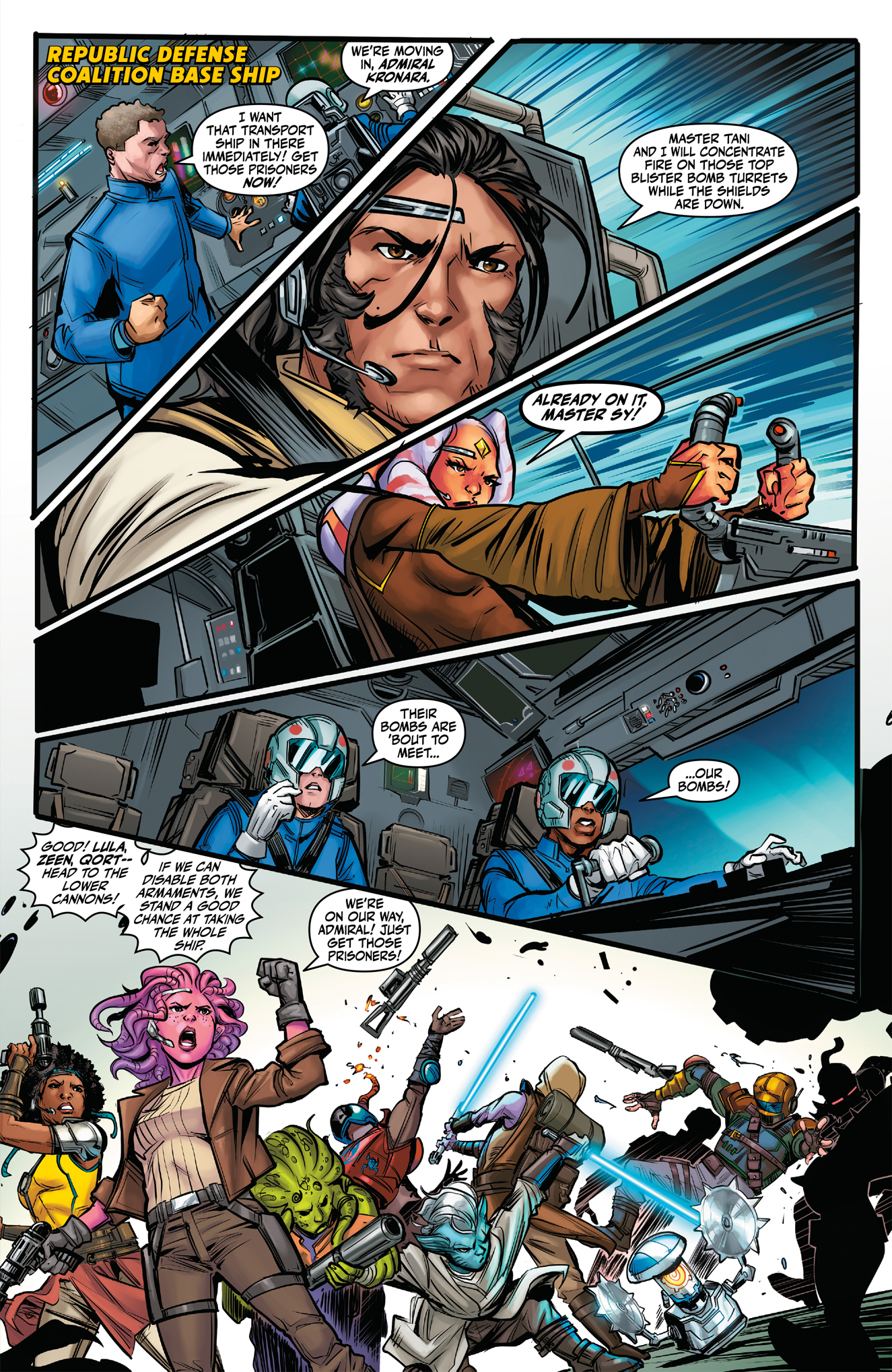Marvel Cinematic Universe: What Villain Problem?
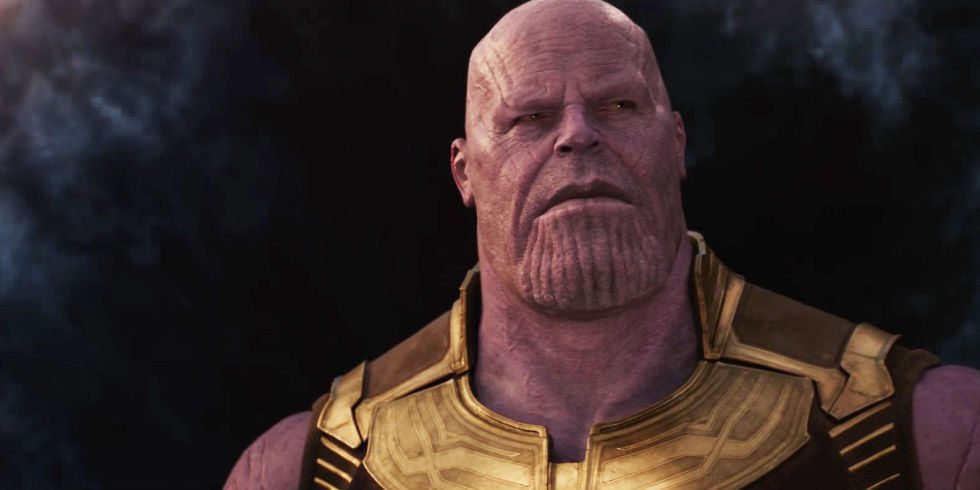
Are the Big Bads of the MCU really that Bad?
No one can deny the success of the Marvel Cinematic Universe over the last 10 years. Not only has it generated billions of dollars and invented the shared universe business model that Hollywood has been tripping over themselves to recreate, but it has done so with relatively consistent quality, excellent casting, and without any major missteps.
Most movie franchises can’t continue that sort of consistent success over a three movie trilogy, let alone over 10 years and 18 movies. And what is even more amazing is that it seems like the quality of the films has gotten better late in the game, with the existing phase 3 being the most consistent thus far.
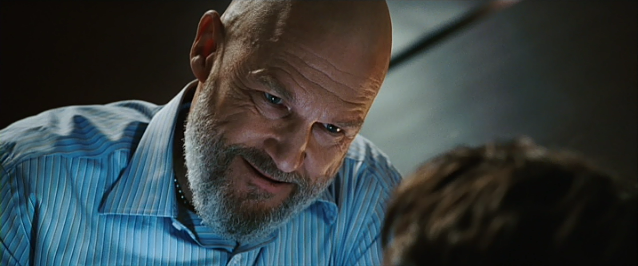
But the franchise isn’t perfect of course. It has been criticized for relying on repetitive formulas for its origin movies. It’s been said that the “house style” that is mandated by MCU overlord Kevin Feige limits the ability to have truly unique films in the franchise. But the most pervasive criticism since the earliest days of the MCU has been the so called “villain problem”.
Critics of the MCU will often state that while the heroes are great characters, the villains tend to come off as bland, one dimensional, and with over-simplistic motivation. While this is sometimes true (especially so in the MCU’s phase 1) I think it has been a bit overblown. With the release of Avengers: Infinity War and the first real appearance of Thanos as a main villain, I thought I’d take a look at just how bad this “villain problem” really is.
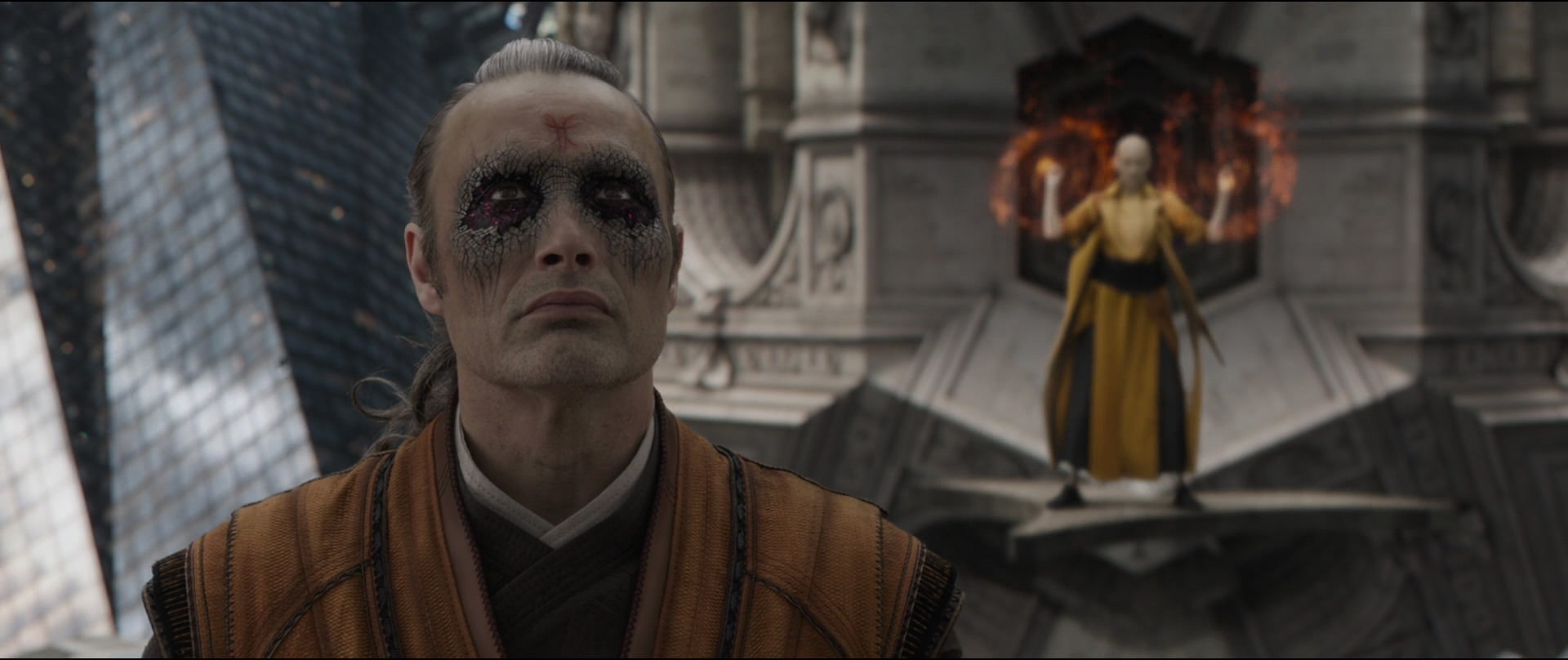
The criticism of Marvel Studios’ villains goes all the way back to the earliest films. The complaint definitely wasn’t completely without merit back in those days. Iron Man’s Obadiah Stane, while portrayed with a wonderful presence by the great Jeff Bridges, was one of a number of Marvel villains that rely on the old trope of giving us the “dark reflection” character.
Long a mainstay of superhero movies, the easiest villain to fit thematically is one that takes the protagonist of the movie and presents their foil as the inverted version of themselves. Similar powers, similar character traits, but used for evil as opposed to heroic ends. These characters can sometimes work fantastically if done well as with the recent use of Killmonger in Black Panther, or they can sometimes feel bland as with Stane, Ant-Man’s Darren Cross, or Kaecilius from Doctor Strange (I can tell these characters qualify as unmemorable as even a big MCU fan like myself had to look at IMDB to remember their names).
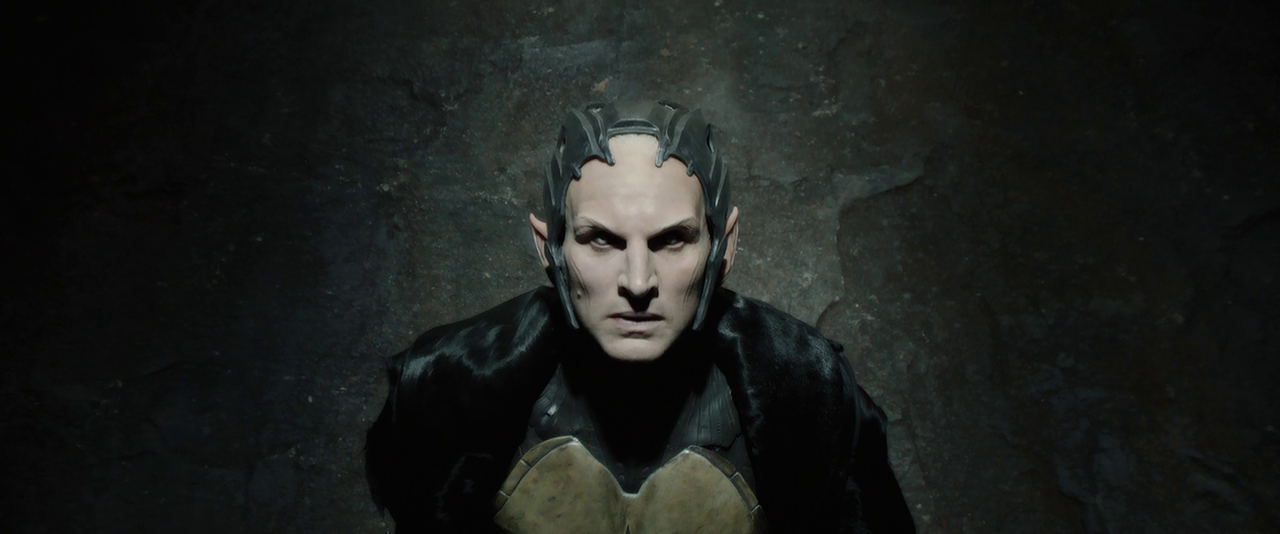
But with a grand total of 18 movies and countless villains, there really aren’t too many that fall into this category. The other most frequently criticized type of MCU villain is the bland, one dimensional villain. People often point to Thor: the Dark Word’s Malekith or Ronan the Accuser from Guardians of the Galaxy. While I love the work of both Christopher Eccleston and Lee Pace, the writing of those villains fails them by using them more as a device than a true character.
But both Malekith and Ronan serve as good examples of one of the reasons I think the criticism is overblown. One of the most common structures for the MCU is to have a movie where the main villain acts as a plot device while the secondary villains get real depth. Yes, Malekith may be bland and one dimensional, but Loki is not. Loki is not the main antagonist of the picture, but he is the primary foil for Thor. The secondary villain becomes the more memorable of the two sticking with the audience in a way the primary does not.

And in Guardians, who really goes up against the heroes the most? Ronan only gets his dance off at the end. It is really Nebula and Yondu who get the most screen time being thorns in our heroes’ sides. All three of these villains (Loki, Yondu, and Nebula) also serve as another example of a common and well executed Marvel trope. The villain turned hero.
Many of Marvel’s most complex villains show that very complexity by starting off as an enemy, but eventually turning (either within one movie or over the course of subsequent films). Yondu flips in a single film. Nebula takes a second. Loki goes back and forth, but is as squarely on the side of the heroes as he’ll ever be in his fourth appearance in Thor: Ragnarok.
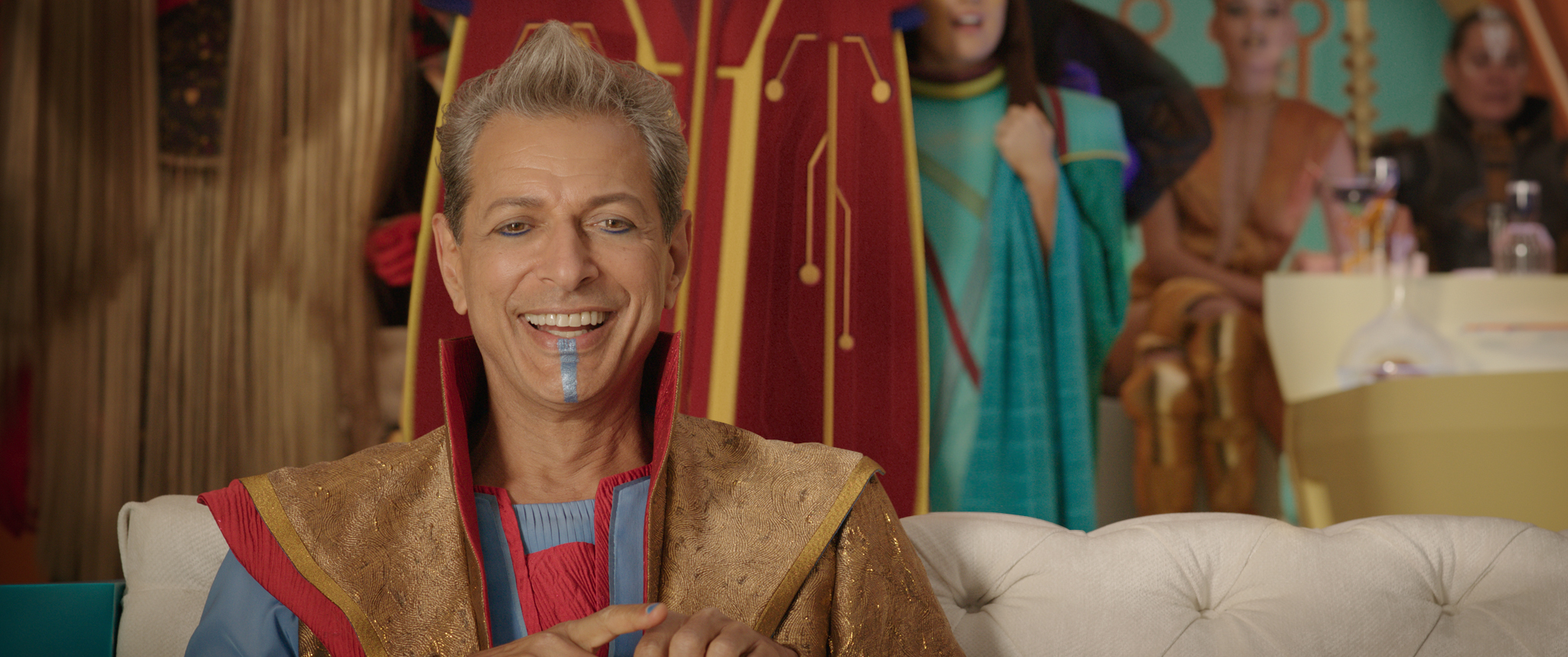
This can also work in reverse. Marvel also finds a great deal of complexity in good guys gone bad. This can been seen in the assumed future plot line of the Doctor Strange franchise where the primary villain was weak while the real work was being put in on setting up Chiwetel Ejiofor’s Mordo. Or in an in even more stark example (pun embarrassingly intended) Captain America: Civil War. While “villain” is a stretch for this movie, the antagonists are our heroes. Which of them serve as hero and which as villain are determined by your allegiances during the viewing, which makes for a complex and nuanced story not often seen in this type of film.
And to even take this to an almost absurd level, look at the sad story of Bucky Barnes. A hero, turned villain, turned hero again. And this all goes to the heart of what the disconnect is between those who call out a “villain problem” and those who do not. To me, there is no villain problem because Marvel doesn’t rely on the traditional villain to create conflict for their heroes. Marvel takes a more nuanced approach.

The conflict in the MCU is character derived. The films are populated with numerous characters at various points on the spectrum of good and evil. We get to know them over multiple films which attaches us to their struggles. We see their internal moral debates played out in high stakes special effects extravaganzas. Yes, there is almost always some mustache twirling heavy that sets events in motion, but they are most times not the central conflict. The central conflict comes from a place of character and not plot. And this is something that has really been refined to a point of excellence in the current phase 3.
As admitted up at the top of this piece, Marvel’s early attempts had a much higher swing and miss ratio for their central villains but a higher success rate with their secondary villains, henchmen, and morally gray antagonists. In phase 3, they seem to have fused the two with much greater frequency.
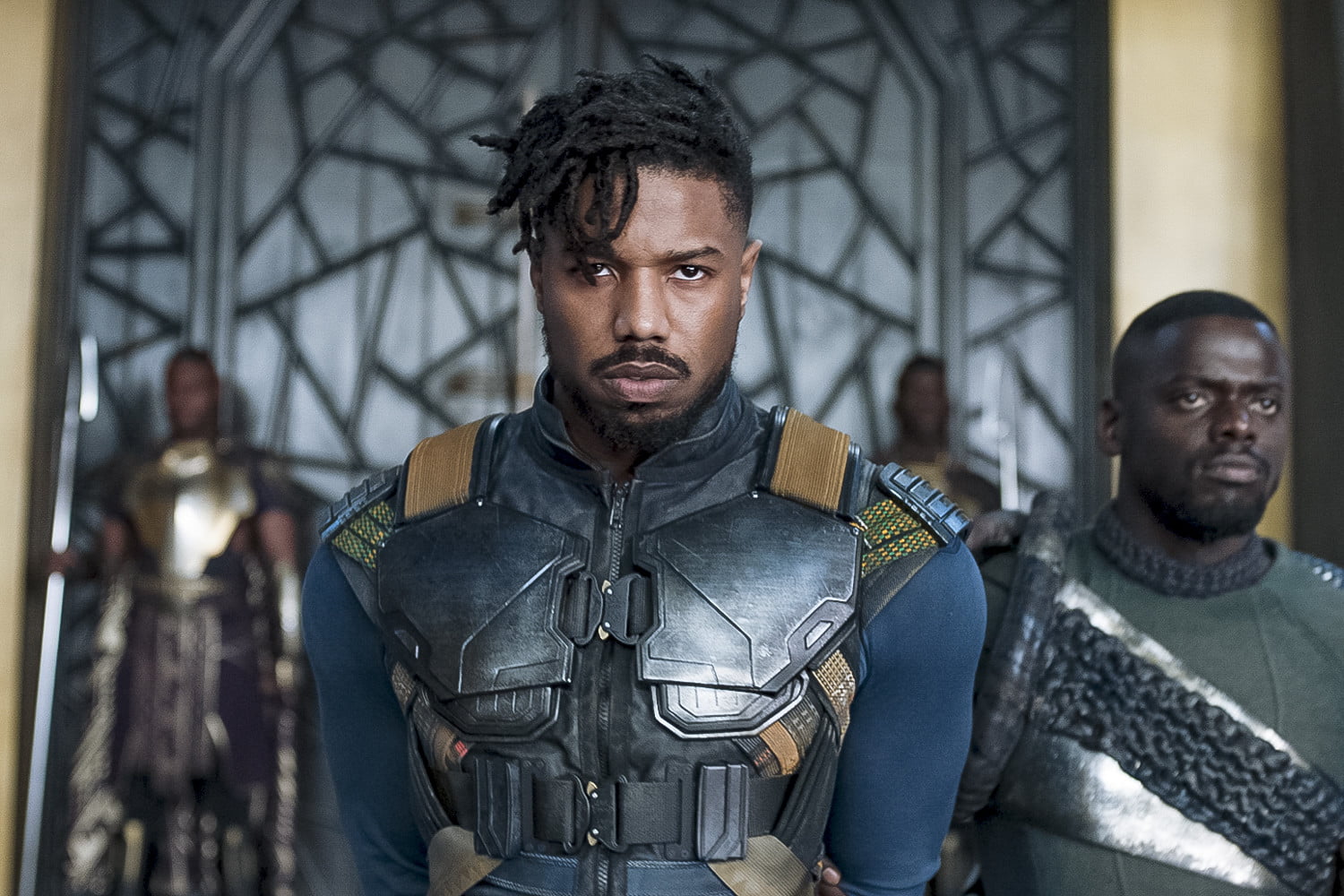
I already detailed the complexity of hero on hero conflict of Captain America: Civil War, but that is not the extent of their recent success on this front. Killmonger, Vulture, Zemo and Ego have all been able to serve as the chief villain of a film while still being multi-layered and memorable. At the same time characters like Jeff Goldblum’s Grand Master or Klau and M’Baku from Black Panther have kept the MCU’s streak of fantastic secondary antagonists going strong during this phase.
Even a more traditional comic book baddie like Ragnarok’s Hela succeeds on more levels than in past phases. She may not be in their upper echelon of villainy, but she is also no Malekith. Really, the only true weak villain of the current phase by my count is Kaecilius. And in part because of that, Doctor Strange by many accounts feels more like a phase 1 movie than any other MCU movie made in recent memory.

And then there is Thanos. Avoiding spoilers for the sake of the few people out there who have yet to see Infinity War, Thanos brings Marvel’s villain game to a whole new level. He is a combination of all of the best villainous traits Marvel has used to this point. He is powerful, but vulnerable. His motivations are clear and understandable but still have the complexity needed to make it believable. You both fear Thanos and pity him at various points throughout the movie. He is a complete and dynamic character, who is not only the chief antagonist but also serves as the dense film’s lead character while heroes fight for screen time.
Thanos, like some of Marvel’s best villains, builds not only on the character work done for him in Infinity War, but also on the character work of others done across multiple other movies. His motivations and struggles would not be the same without us having watched Gamora and Nebula in two prior films. We learn to sympathize a bit more with him through his similarities to Tony Stark. There is added depth to his interactions with the Avengers and Loki due to his involvement in the Chitauri invasion back in 2012’s The Avengers. He is not only a product of good writing in this film, but in a decade of good writing in 18 others.
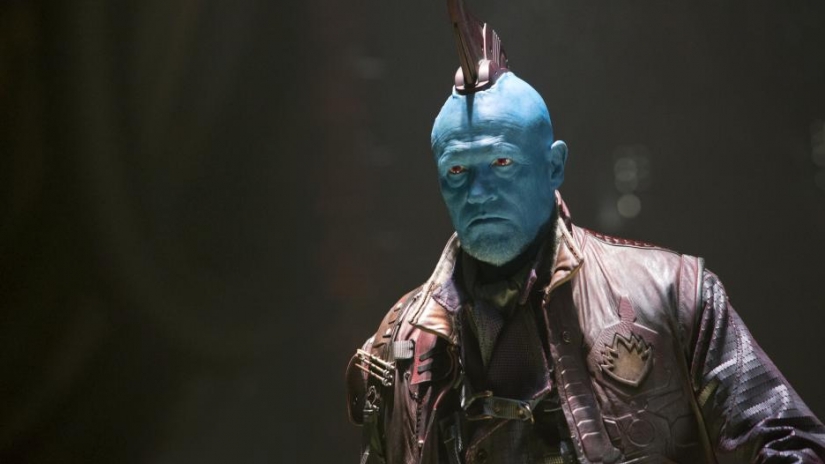
All of this leads me to my one big takeaway on the MCU. We have been in, for quite a while now, what many call the golden age of TV. Prestige dramas and premium cable shows have blurred the lines between the boob tube and the silver screen. Actors and Actresses looking for meaty roles move more and more to TV to find shows that are closer to films than the sitcoms and procedural dramas of past eras.
In that same context, I would say the MCU has brought the concept of a serialized genre show to the Cinema. It is the big screen, big budget, equivalent of shows like The X-Files, later Star Trek series, or appropriately any number of Joss Whedon led shows. The MCU creates serialized character drama over top stand alone films just as a TV show in the past would serialize its character arcs while still meeting the formulaic demands of weekly network television.

These movies apply the formula of action blockbusters while allowing the heroes and villains to grow and change from film to film. 10 years and 18 films worth of growth and change. And while some of these villains end up meeting the TV definition of “monster of the week” it is those that maintain their presence over multiple films that really get the meaty roles in the franchise. And that is where the true depth of character on both the heroic and villainous side lies.
It’s easy to lapse into routine and fall back on old criticisms. But when you look at the full spectrum of the MCU releases and take into account all levels of antagonists, the picture of the current MCU really doesn’t resemble those early struggles all that much. Like a lengthy TV show, the MCU has evolved with each passing phase, adding depth along the way. No, they don’t have too many of those iconic villains like a Darth Vader or a Joker, but that doesn’t seem to be the type of movie the MCU is interested in making. And it is that difference that provides a variety and uniqueness to this franchise that makes it stand out and still feel fresh after a decade and 18 films. Hopefully Thanos and his children keep this going and Marvel is able to build on this into phase 4.
Tim Levers is a contributor at MNN, a devout worshiper of cinema, and a life-long movie geek. Sci-Fi/Fantasy, Action, Drama, Classics, Horror. Love them all. All genres have the ability to produce a great film.


